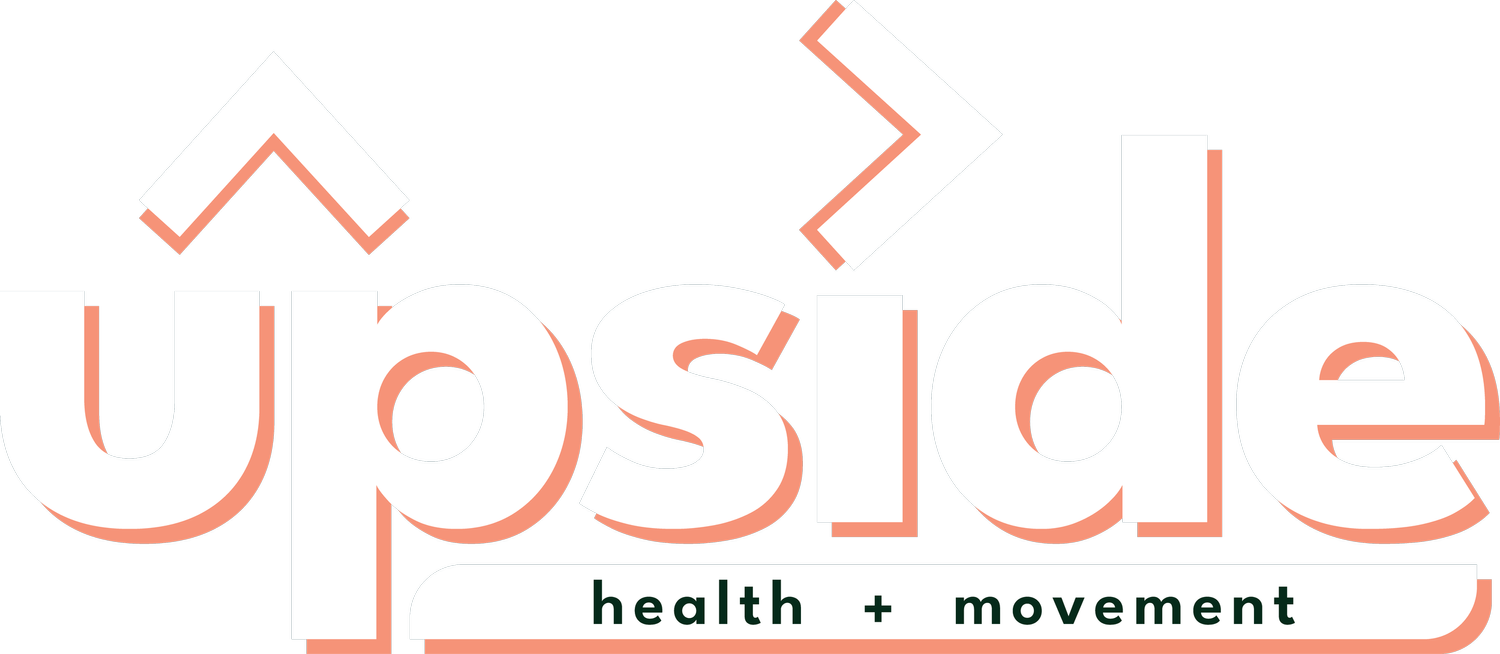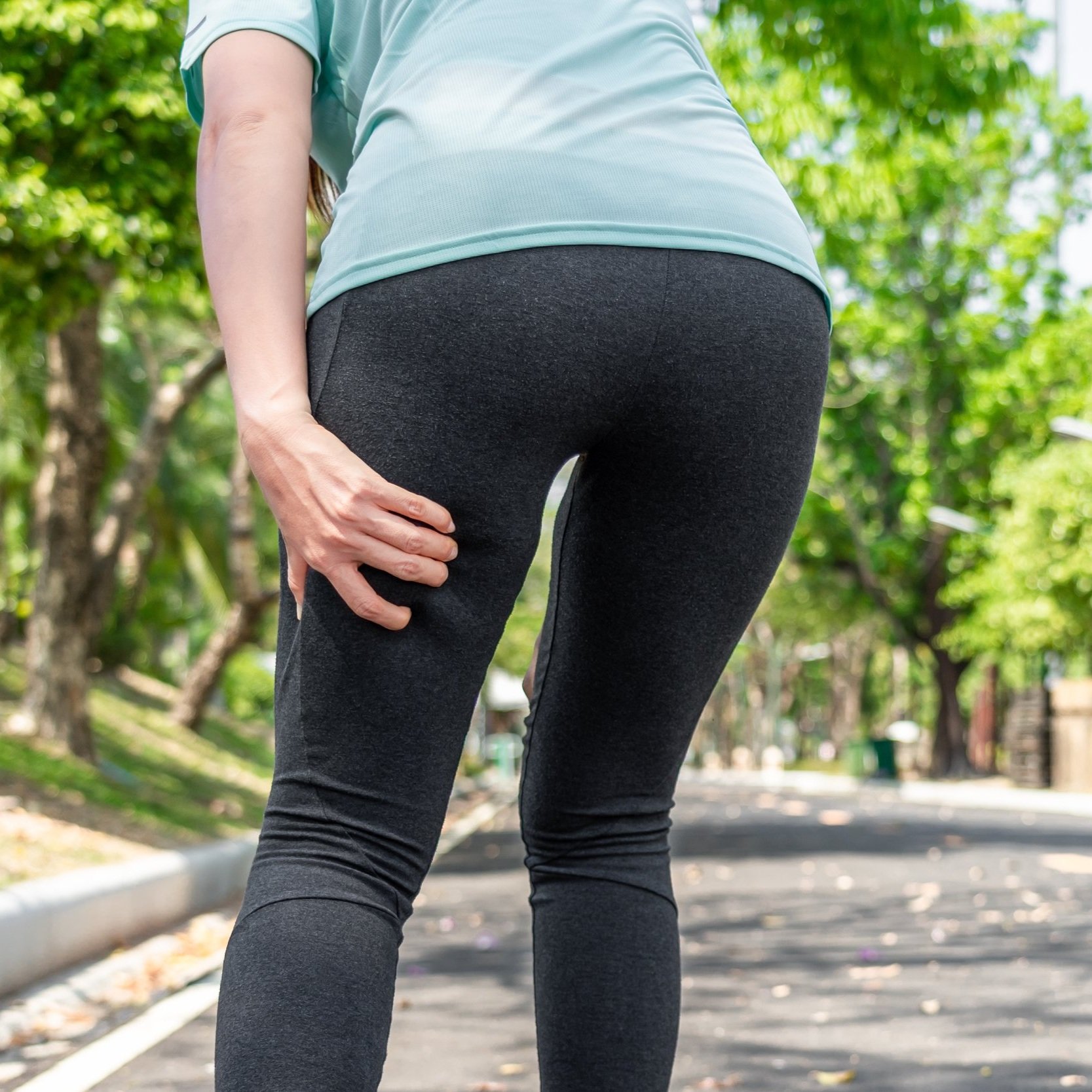Pain Profile: Hamstring Strain
Hamstring strains are one of the more common injuries in sports that involves sprinting and kicking. They accounted for 26% of all injuries in the AFL in 2020 while making up 79% of all muscular injuries. This may be due to the combinations of physical demands AFL has including acceleration, agility, endurance, kicking and bending to pick up the ball. While hamstring injuries are not unique to football and have a high prevalence in other sports (eg. soccer, rugby, athletics and cricket) they do have a high prevalence among AFL footballers of all levels. This makes them the most common injury in sports with high speeds running and acceleration.
Mechanism of injury
Both actions of running and kicking encounter mechanics that put the hamstring at risk of injury. Hamstring injuries that occur during sprinting are at the end of the swing phase when the muscles are active, lengthening, and decelerating the limb to prepare for landing. Kicking injuries can occur during either fast or slow movements as you get hip flexion and knee extension occurring at the same time placing the hamstring in a position of tremendous stretch.
Signs and Symptoms of a Hamstring Strain
Sudden onset
Moderately severe pain
Difficulty walking or unable to run
May be painful to stretch
Reduced hip or knee range of motion
Pain on hamstring contraction to resistance
Possible localised bruising
Focal tenderness
Predisposing Risk Factors
Age - older athletes are at a higher risk. Likelihood of hamstring strains increases dramatically after the age of 23.
Previous injury - approx. 1 in 3 people will have a recurring hamstring injury with the highest risk period being the first 2 weeks of return to play. A history of hamstring injuries can lead to reduced strength. Injuries to the calf, knee or groin have also been linked.
Ethnicity - those of Aboriginal or Black background are of increased risk to hamstring strains.
Flexibility & Strength - important factors to consider include; the hamstring and quadricep strength/flexibility relationship, hip flexor flexibility (ability for hip to move into extension while running), and strength and coordination of the lumbar and gluteal muscles.
Lumbopelvic stability - the ability to actively control anterior and posterior tilting of the pelvis may play a role in optimal function of the hamstring during sprinting and kicking activities. With the proximal hamstring insertion onto the pelvis at the ischial tuberosity (sit-bone), control of the other muscle groups attaching onto the pelvis becomes important during rehabilitation. These muscle groups include the quadriceps, abdominals, lower back and gluteals.
Joint dysfunction - dysfunction at the ankle, knee, hip, pubis or lumbar region can all lead to increased stress on the hamstrings
Warm-up - an insufficient warm-up can mean that the hamstring muscles are not warmed up and pliable to the demands required of them.
Fatigue/Fitness level - the hamstrings are more susceptible to injury when the body is fatigued or under stress.
Grading a Hamstring Strain
Hamstring strains are categorised in 3 groups, according to the degree of damage to muscle fibres, amount of pain, weakness, and loss of motion.
Grade 1: small amount of muscle fibres, localised pain and no loss of strength. This level of strain may lead to hamstring “awareness” or a slight feeling of discomfort with no change to function outside maximal exertion.
Grade 2: strain of a significant amount of muscle fibres, with pain and swelling. Pain is reproduced with contraction and movement is limited by pain. Possible visible limp.
Grade 3: a complete tear of muscle. This occurs most frequently at the musculotendinous junction. This injury normally requires surgical repair.
Differential Diagnosis
Referred Hamstring Pain
Pain in the posterior thigh or hamstring region is not always evident of a hamstring strain. Pain can often be referred to the region for the lower back and gluteal muscles or structures.
Signs of referred hamstring pain:
No focal tenderness; tenderness normally non-specific
Palpation of trigger points in gluteal region reproduce pain
Possible lumbar or SIJ abnormalities
Sudden onset or gradual feeling of tightness
Feeling of cramp or twinge
Able to walk/jog pain-free
No change to hamstring range of motion
Maximal or near max hamstring stretch to resistance
Treatment and Rehabilitation
**All hamstring injuries are different and should be managed accordingly. The following is a generalised program for a high level Grade 1 to low-moderate Grade 2 hamstring strain.
Phase 1: Acute management (72 hour period post injury):
Ice (at time of injury and every couple of hours post injury - 20 minutes on/2 hour off)
compression (at time of injury and throughout)
Immobilisation (at time of injury) - start gentle pain free movement of hamstring as soon as possible
Phase 2: Sub-Acute Management (after first 72 hours - up to 7 days)
Increase gentle range of motion exercises, this helps prevent excessive scar tissue formation and realign damaged muscle fibres (within pain free to very low level pain ranges, 3-7 days post injury)
return to low level training - straight line running building up from walking to a slow jog, stationary skills
Incorporate glut activation and lumbopelvic stability exercises
Treatment of the quadriceps, hip flexors, lumbar region, gluteals, hamstrings and calves if required. Treatment may include; soft tissue massage, deep tissue massage, dry needling, cupping, PNF stretching
Phase 3: Re-conditioning (Weeks 1 - 3)
Gradually increase exercise intensity - build jog up to 60%-80% - maintain speed for longer periods of time/distance
Incorporate sport specific skills - ground ball pick ups, jumping, lateral movements, arabesques
Implementation of neuromuscular deficient movement exercises - these will be prescribed by your therapist.
Ongoing treatment of the quadriceps, hip flexors, lumbar region, gluteals, hamstrings and calves if required. Treatment may include; soft tissue massage, deep tissue massage, dry needling, cupping, PNF stretching, exercise prescription, mobilisations.
Phase 4: Maintenance (Week 4 onwards)
Increase exercise intensity to sport specific levels - max efforts, mechanism of injury provocation drills
Return to sport drills and testing
Maintenance of neuromuscular control and lumbopelvic stability.
Ongoing treatment of the quadriceps, hip flexors, lumbar region, gluteals, hamstrings and calves if required. Treatment may include; soft tissue massage, deep tissue massage, dry needling, cupping, PNF stretching, exercise prescription, mobilisations.
References:
Erickson, L. N., & Sherry, M. A. (2017). Rehabilitation and return to sport after hamstring strain injury. Journal of sport and health science, 6(3), 262–270. https://doi.org/10.1016/j.jshs.2017.04.001
Prior, M., Guerin, M., & Grimmer, K. (2009). An evidence-based approach to hamstring strain injury: a systematic review of the literature. Sports health, 1(2), 154–164. https://doi.org/10.1177/1941738108324962


